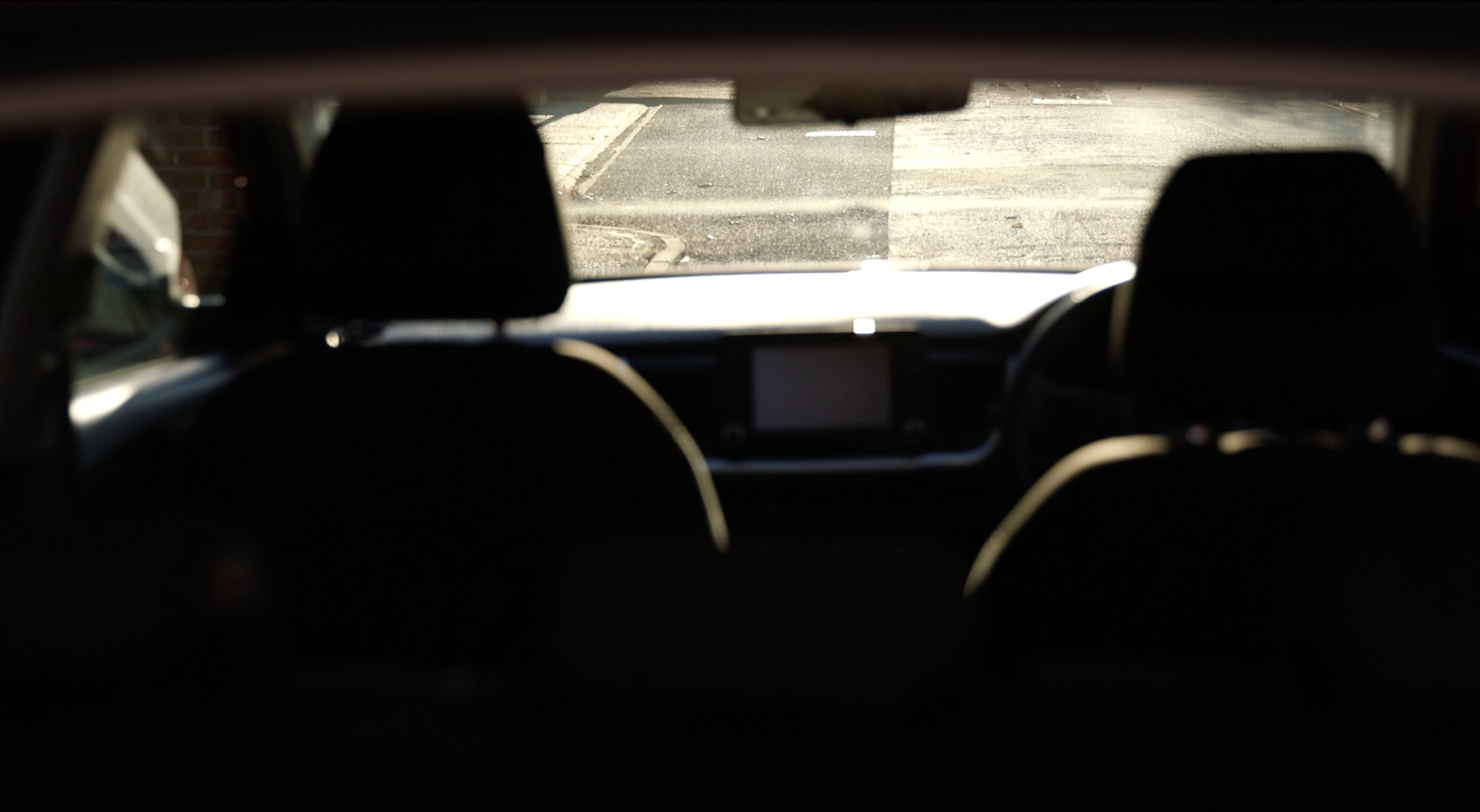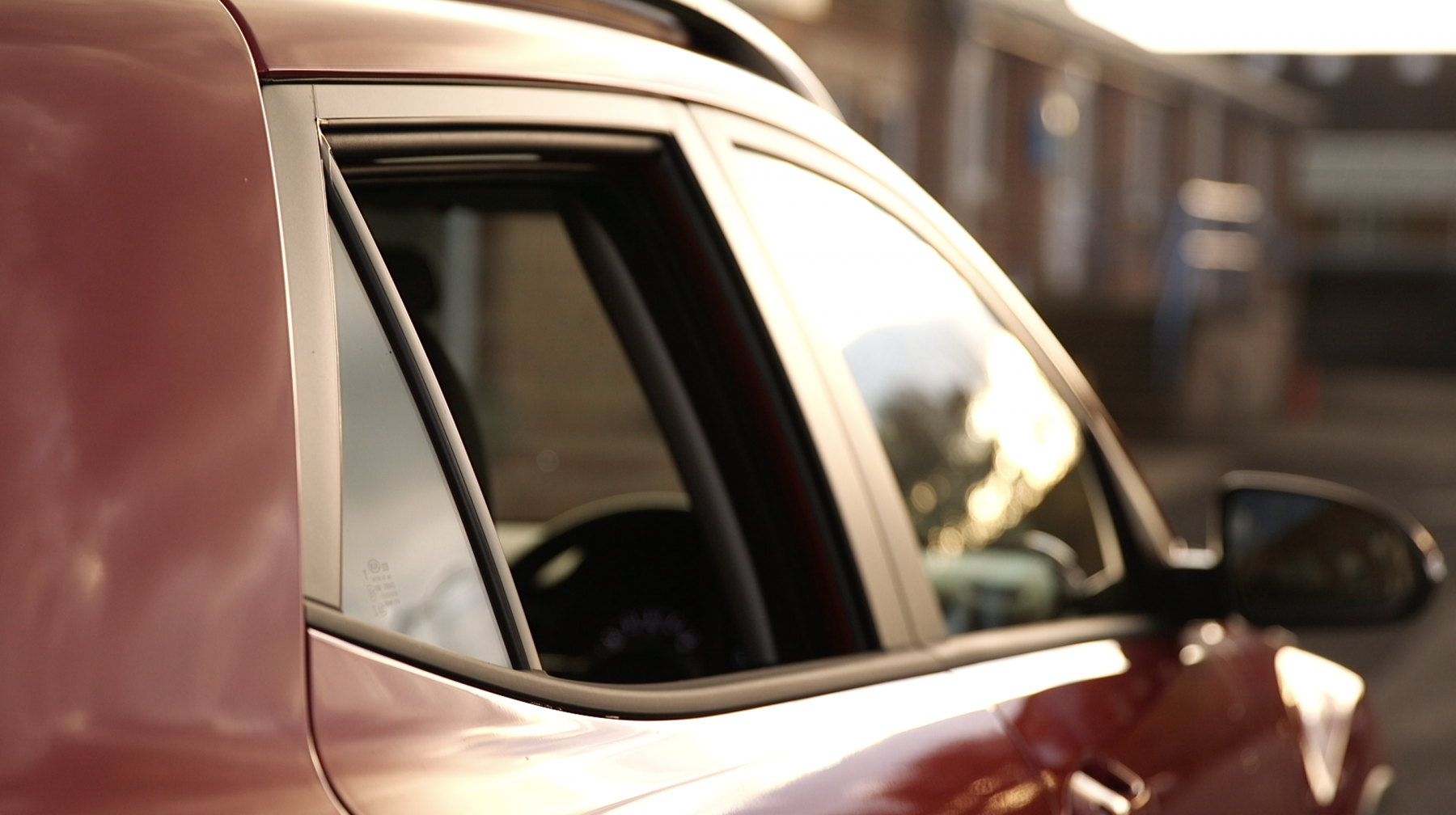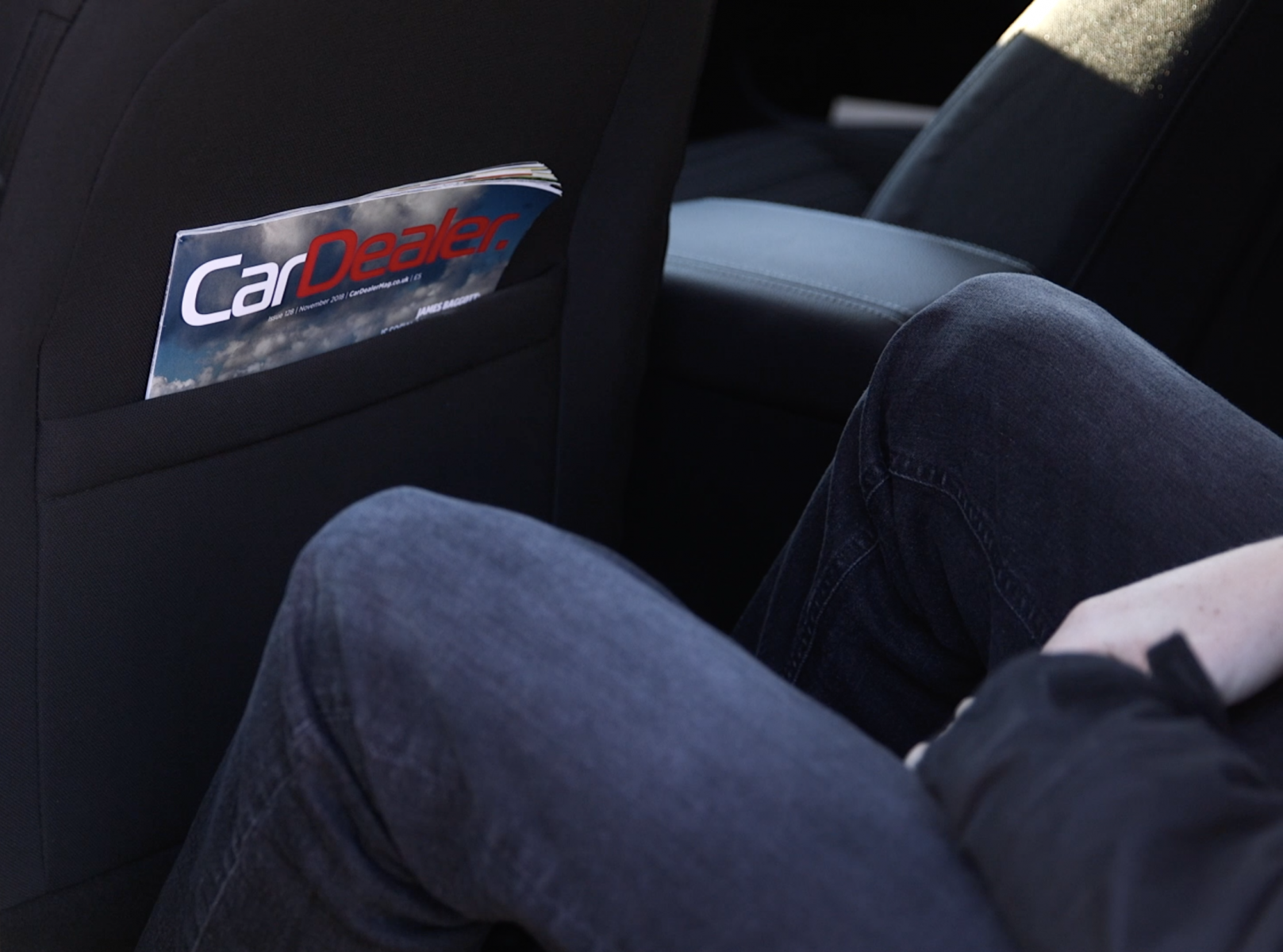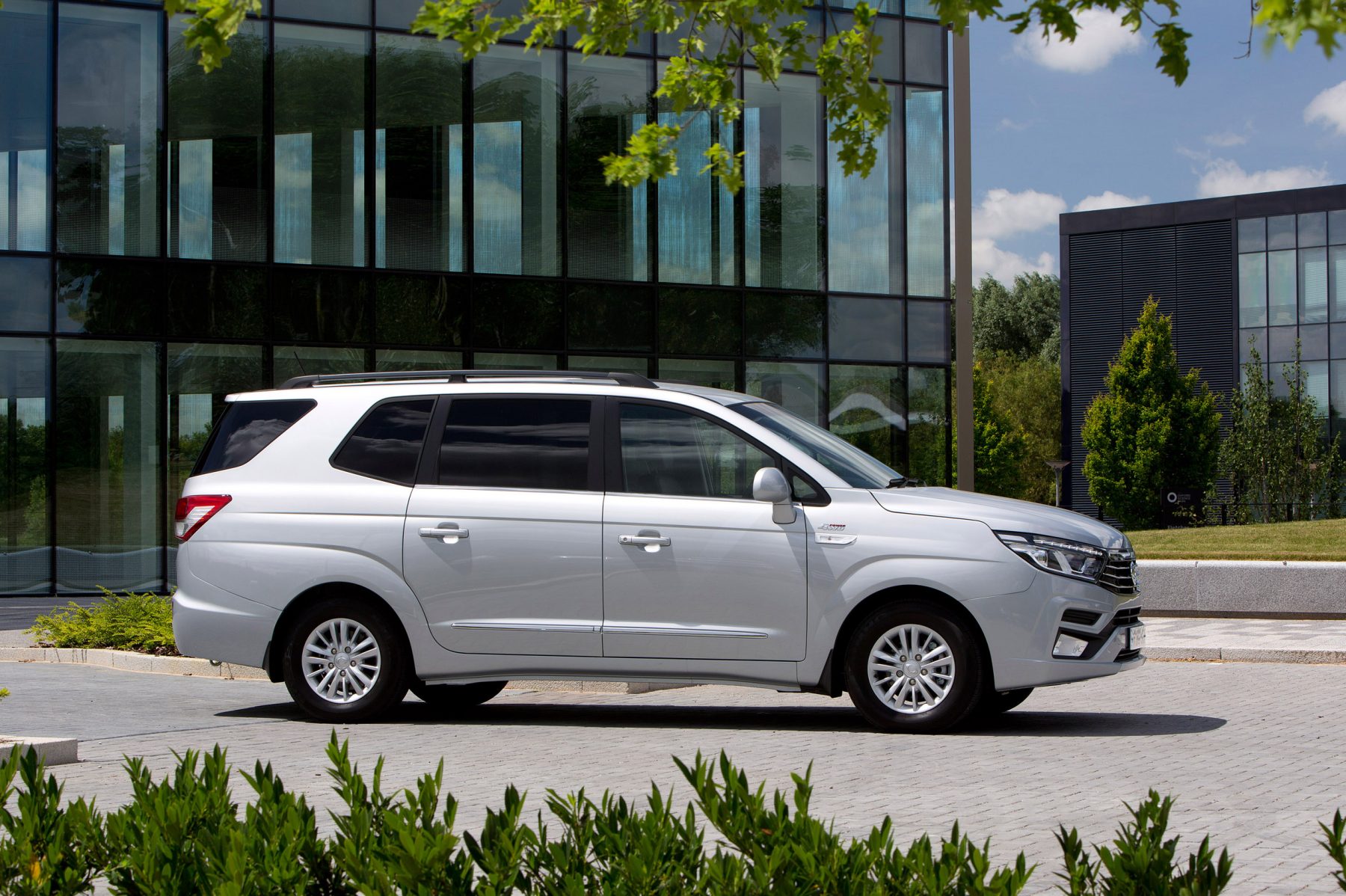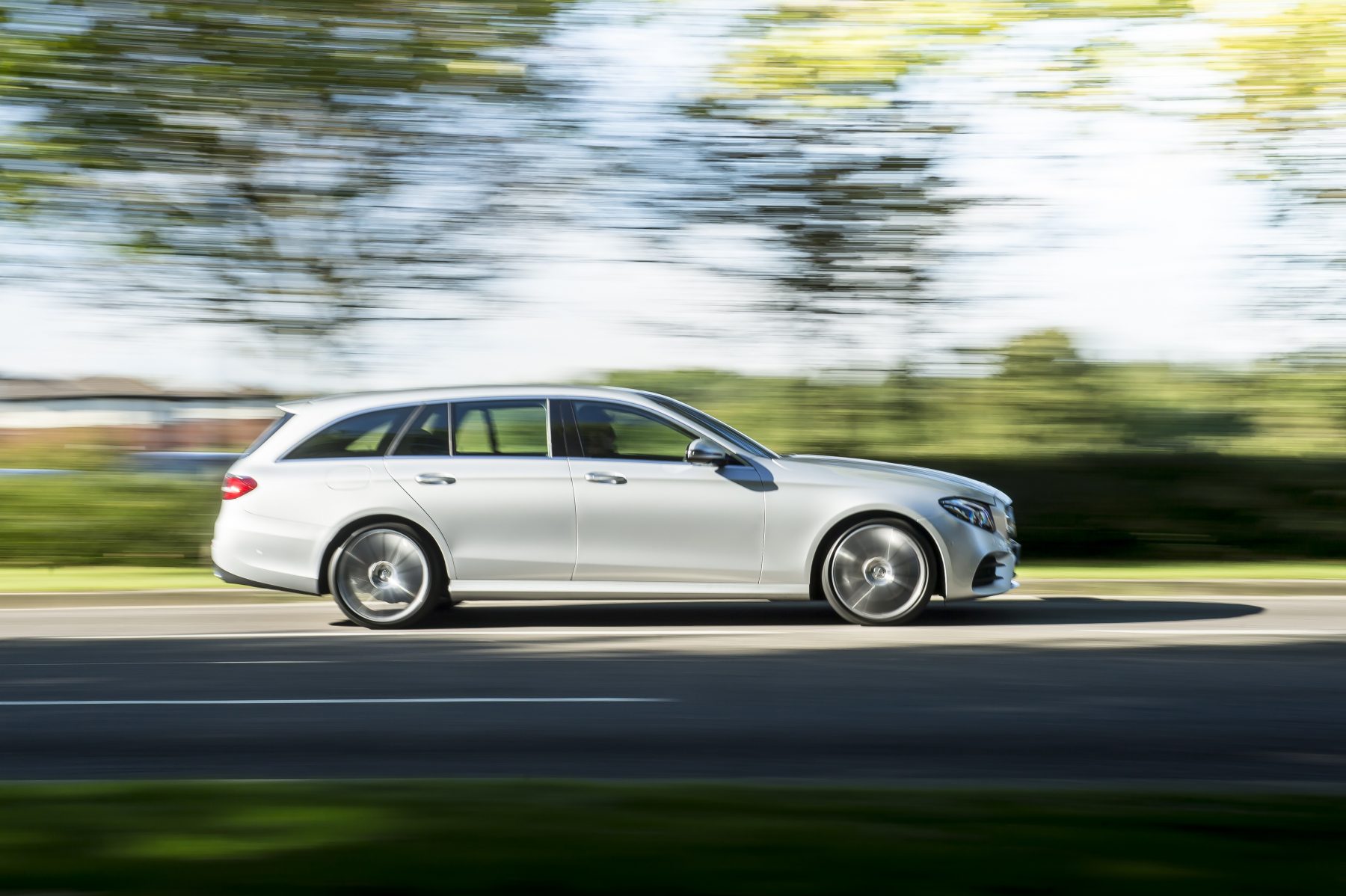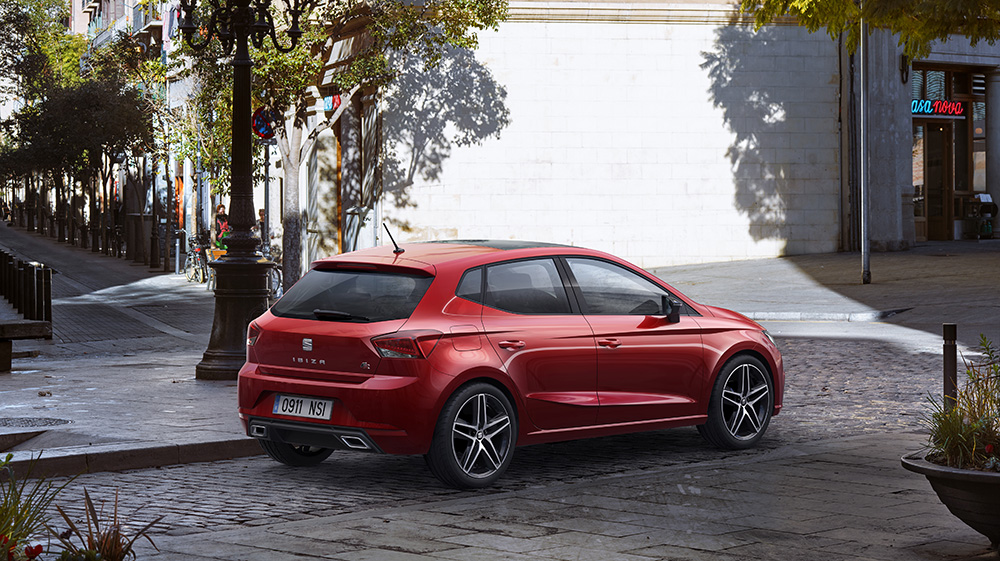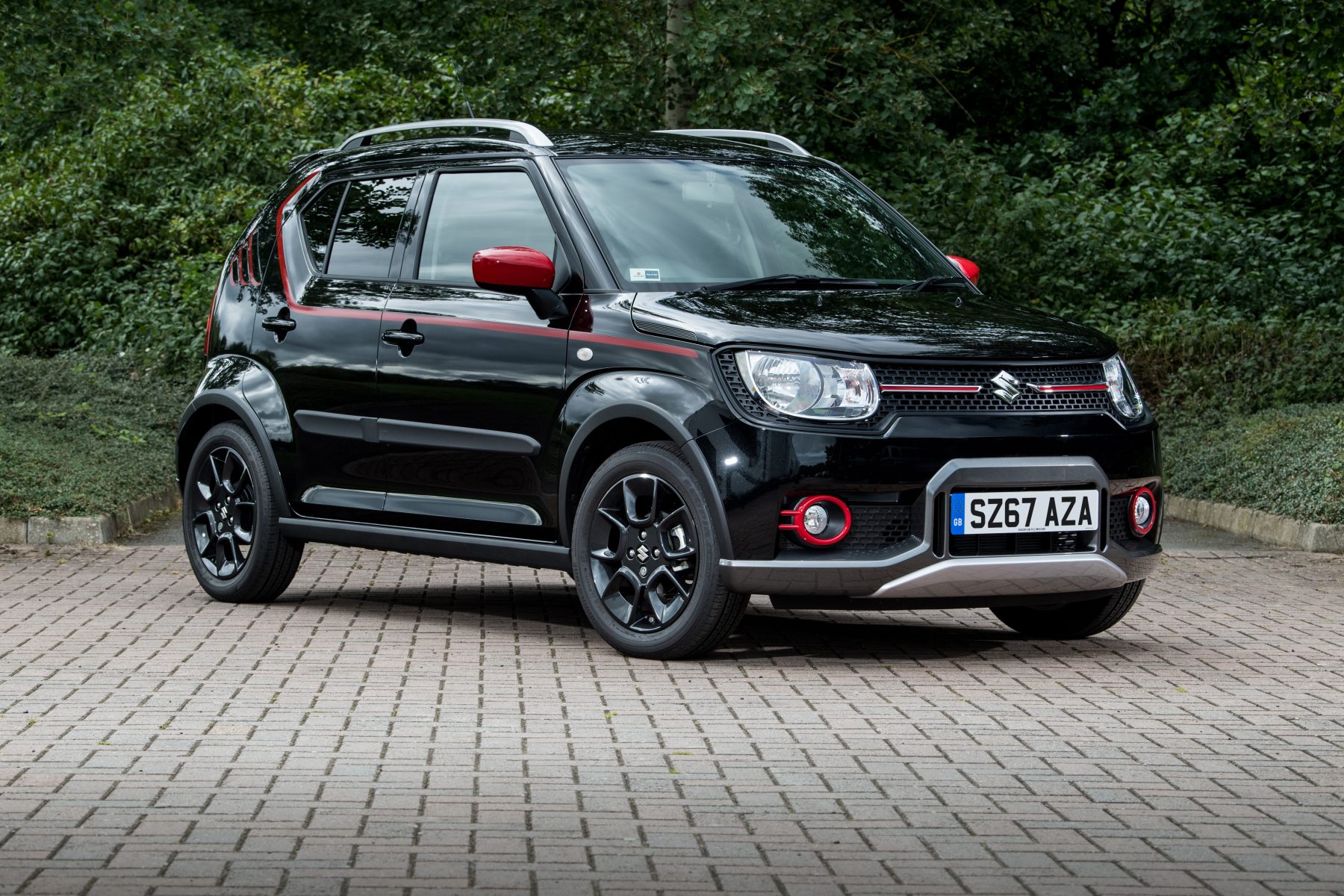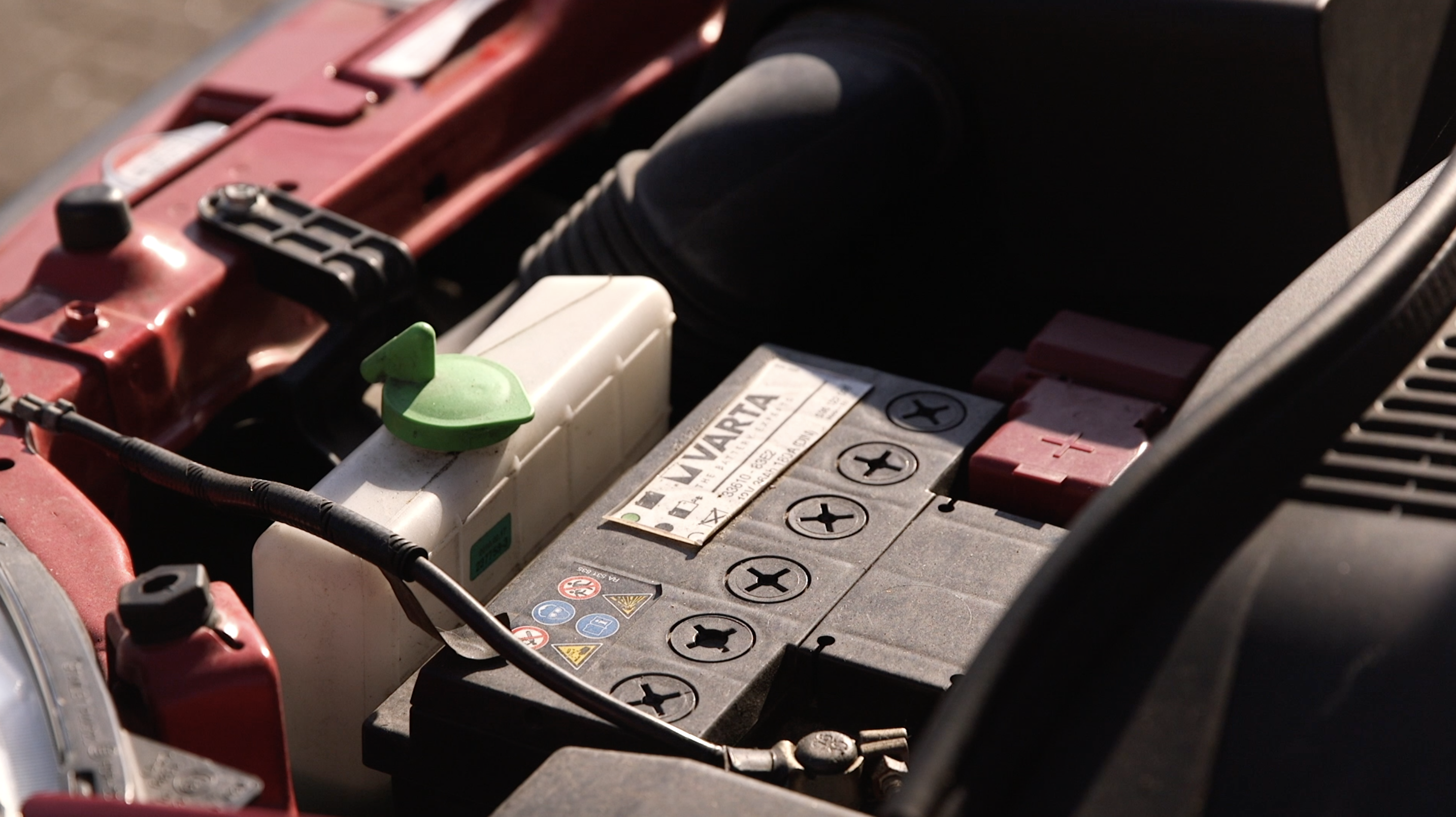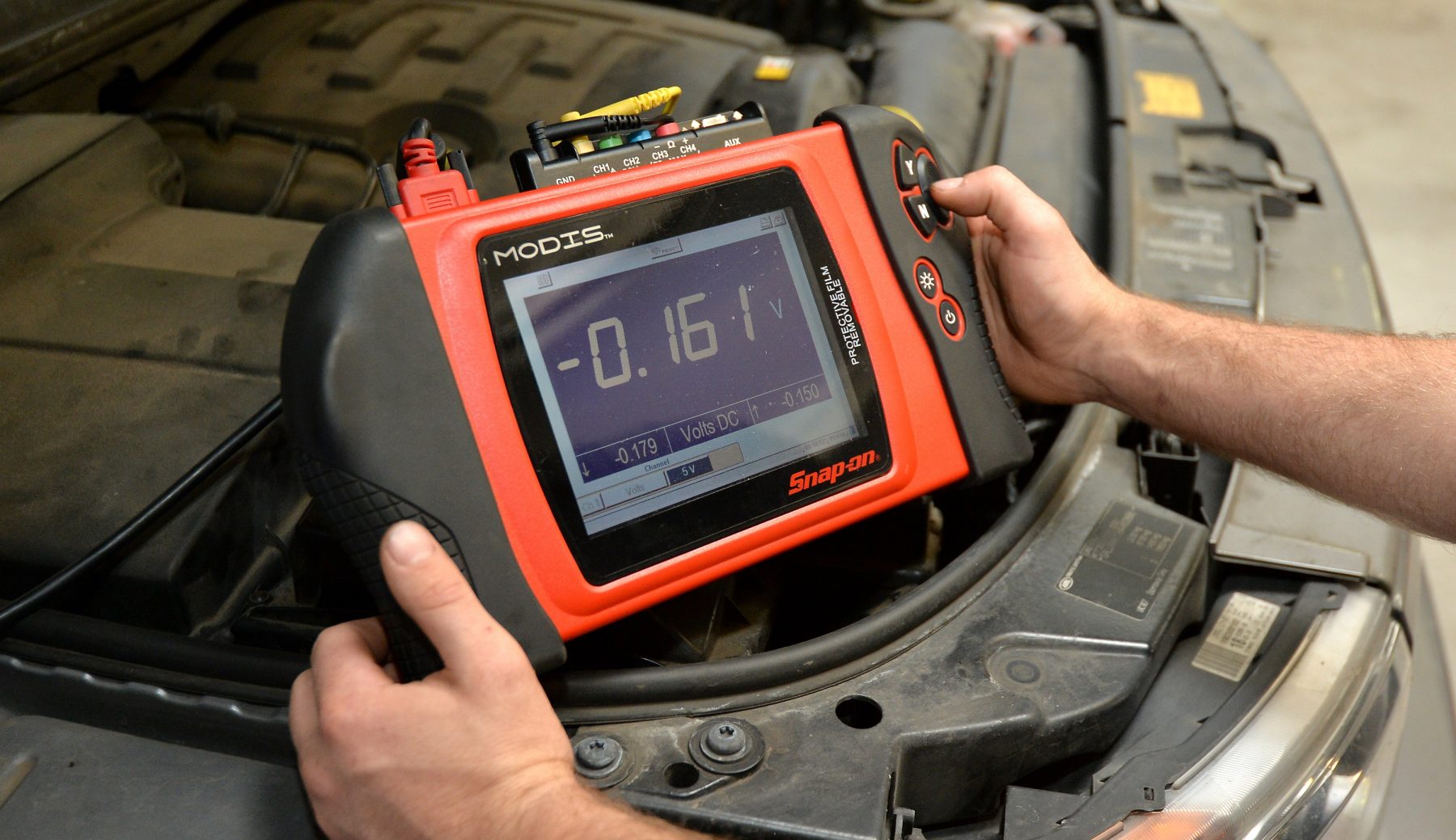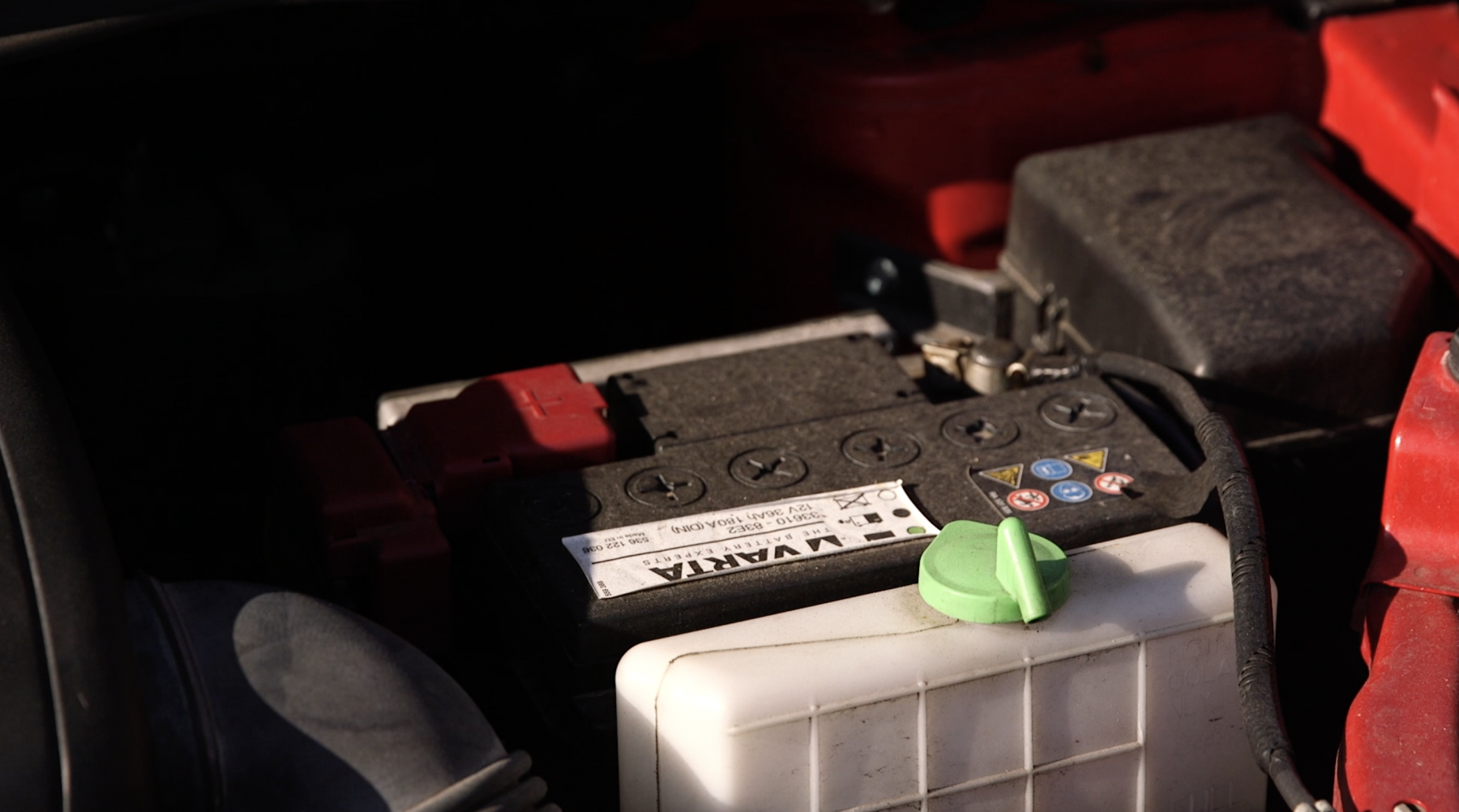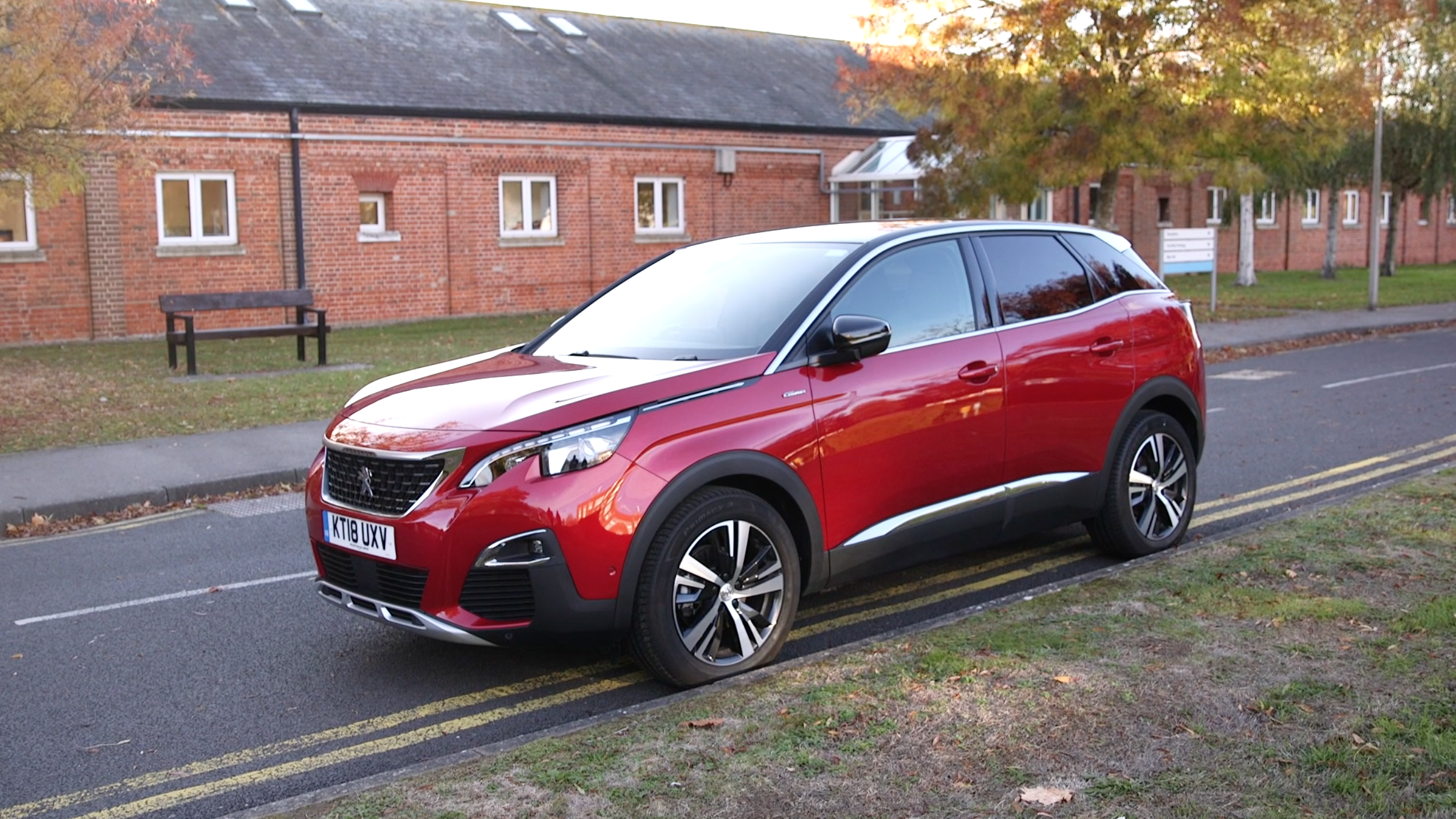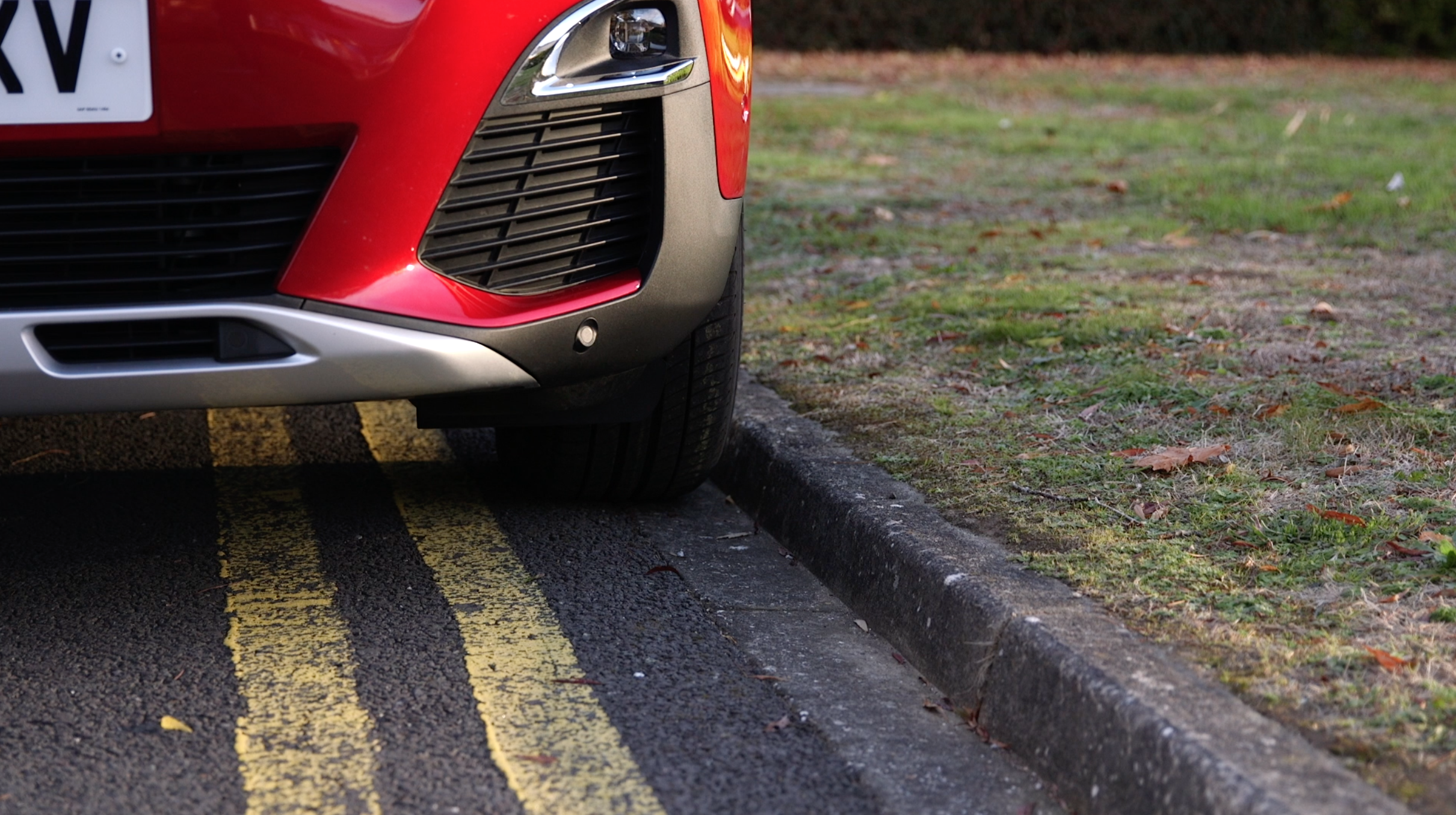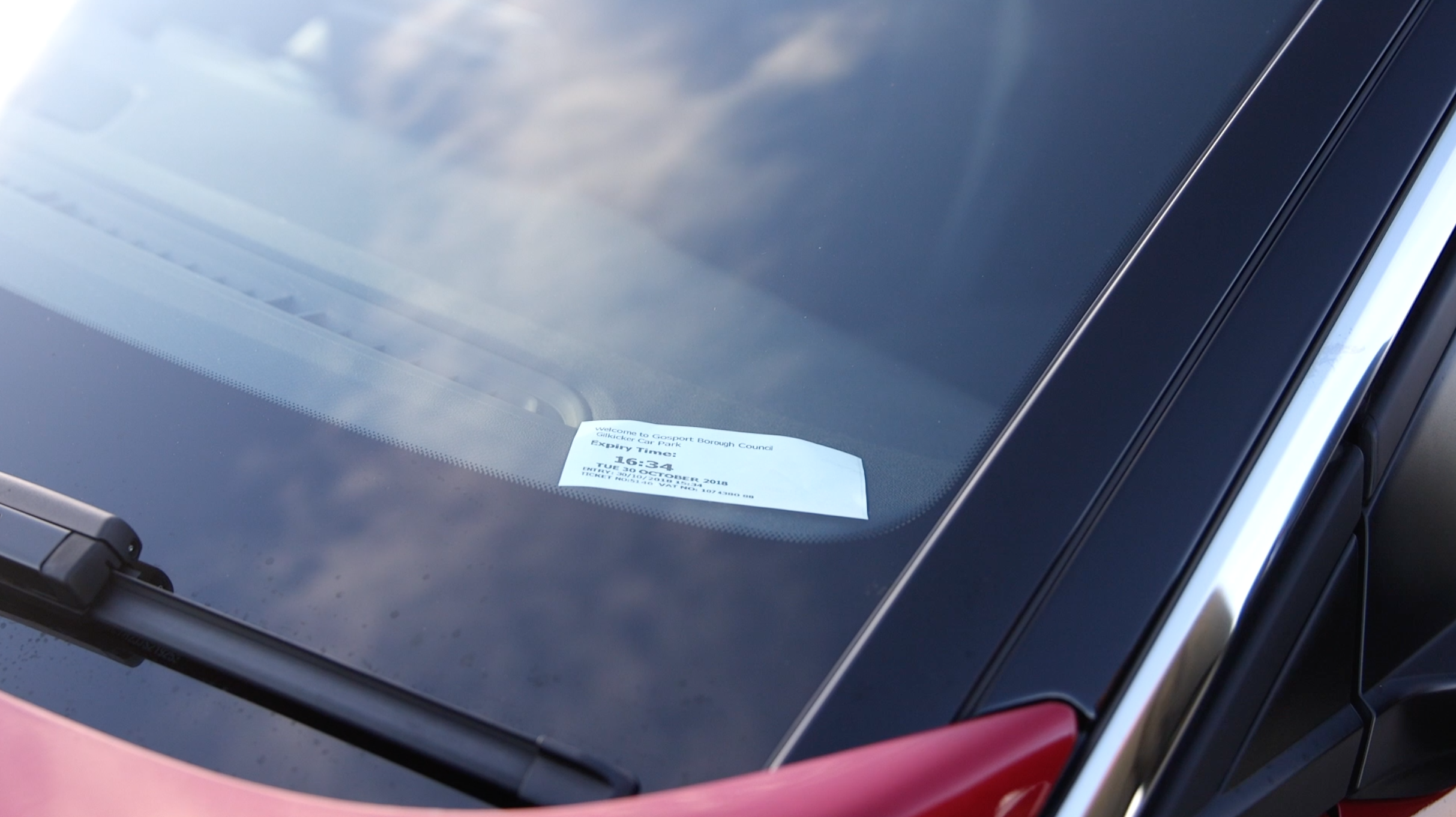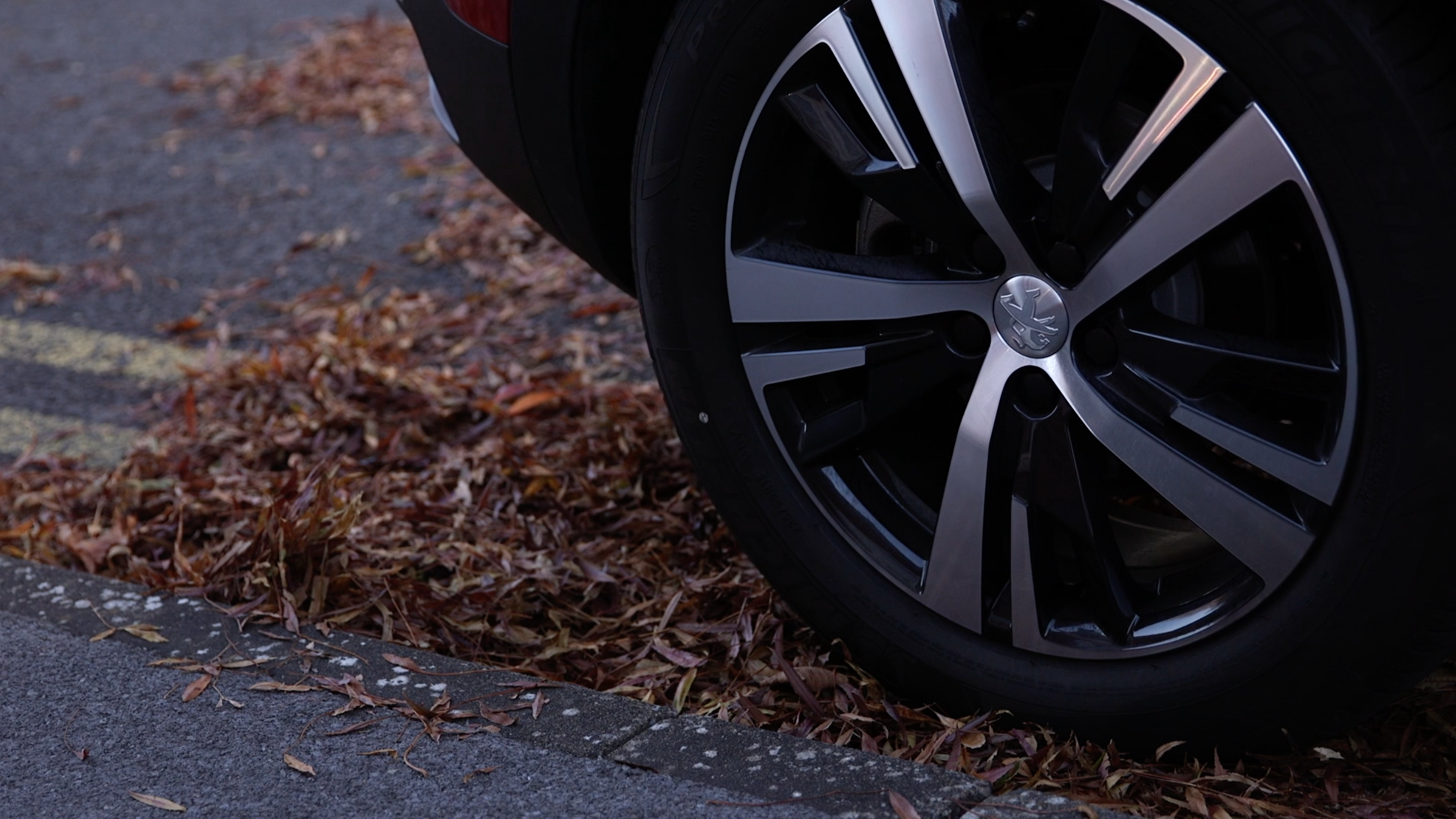For car enthusiasts, joining a club of like-minded individuals makes a lot of sense. You get to make new friends, take part in meet-ups and talk about your car without restraint – and there’s no risk of being left behind at the bar as a result.
But some cars – and, indeed, some drivers – demand something special from their car clubs.
Here are eight of the greatest membership cards in motoring.
Goodwood Road Racing Club
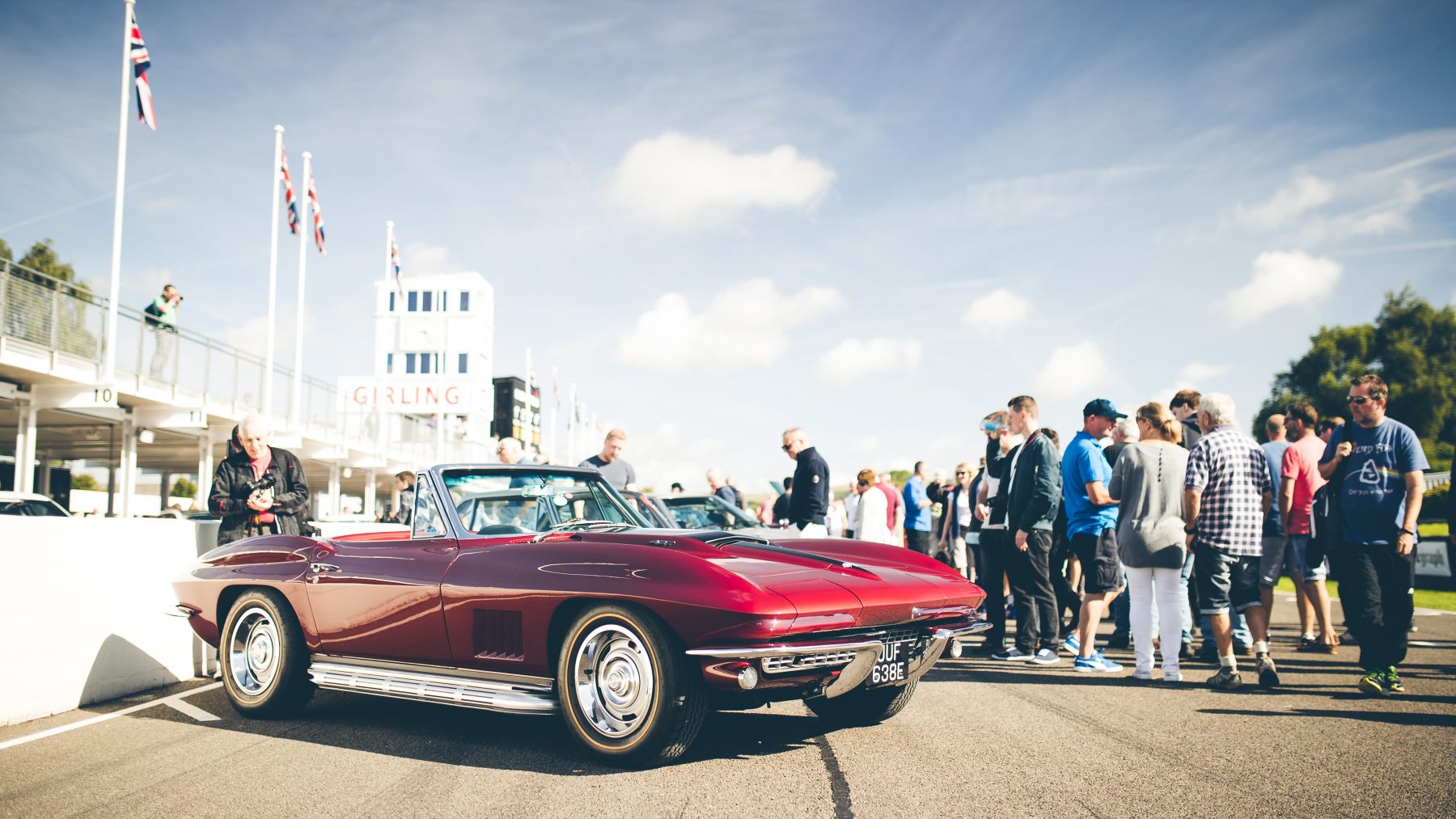 While events such as the Breakfast Club meets are open to all, there are plenty of perks to being a member of the Goodwood Road Racing Club, aka the GRRC.
While events such as the Breakfast Club meets are open to all, there are plenty of perks to being a member of the Goodwood Road Racing Club, aka the GRRC.
For one, there are several incentives built around the Festival of Speed and the Revival, plus there’s exclusive access to the season-opening Members’ Meeting, which sees cars from more recent times take to the famed Goodwood circuit.
There are also many exciting opportunities for visits to other motoring locales, as well as access to club track days and events.
Ascari Club
 Run by Dutch billionaire and championship-winning racing driver Klaas Zwart, the Ascari Race Resort is a bespoke complex of villas set in the heart of rural Malaga.
Run by Dutch billionaire and championship-winning racing driver Klaas Zwart, the Ascari Race Resort is a bespoke complex of villas set in the heart of rural Malaga.
As an added extra, there’s even a fully fledged racing circuit in the back garden!
The layout is inspired by Zwart’s favourite circuits and built for the most powerful cars on the planet. The Dutchman owns a fleet of racing cars, some of which are available for members of the Ascari Club to drive.
Whether you want to drive something of your own in anger, borrow from the fleet or just soak in the sun, this resort ticks all the boxes.
Ferrari XX Programme
 Part of the globe-trotting Corse Clienti tour, Ferrari’s XX Programme is the opportunity for the super-rich owners of the FXX, 599 XX and FXXK to take to numerous world-class Formula One-level circuits.
Part of the globe-trotting Corse Clienti tour, Ferrari’s XX Programme is the opportunity for the super-rich owners of the FXX, 599 XX and FXXK to take to numerous world-class Formula One-level circuits.
Ferrari looks after the fleet of track-only hypercars, and regularly implements updates, ensuring that its clients are treated to the very apex of performance.
Ferrari F1 Clienti
 Running alongside the XX Programme, the F1 Clienti scheme allows the world’s elite to buy Ferrari Formula One cars from across the decades.
Running alongside the XX Programme, the F1 Clienti scheme allows the world’s elite to buy Ferrari Formula One cars from across the decades.
Much like its sibling setup, the owners don’t have to worry about upkeep or preparation. They also receive the benefit of coaching from a variety of Ferrari-contracted professional racing drivers, who make sure they can handle their fire-breathing beasts.
Classic Car Club Manhattan
 Deep in the hustle and bustle of New York, you’ll find Classic Car Club Manhattan.
Deep in the hustle and bustle of New York, you’ll find Classic Car Club Manhattan.
The location certainly plays up to the club element of its name, with a full food menu, happy hour sessions at the bar and even a racing simulator said to be the most sophisticated in the United States.
That’s not to say the fleet of cars available to members isn’t the main attraction, though. Among the modern supercar elite such as the Porsche 911 GT3 and the Aston Martin Vantage, you’ll also find classics such as the BMW M3 E30, the original Acura NSX and its younger sibling, a 1966 Ford GT40 in Gulf colours, as well as a Porsche 550 Spyder.
A 3,200 sq ft clubhouse overlooking the Hudson River is currently being built for members.
Pure McLaren
 Serving as McLaren’s answer to the Ferrari Corse Clienti package, Pure McLaren is an opportunity for owners to drive their cars in anger on leading race circuits.
Serving as McLaren’s answer to the Ferrari Corse Clienti package, Pure McLaren is an opportunity for owners to drive their cars in anger on leading race circuits.
As well as track sessions for road cars and track monsters like the P1 GTR, the Pure events also host the McLaren-GT Series, which sees drivers go head to head in identical McLaren 570S GT4s.
The Pure McLaren package is good for those who don’t want dented egos. Unlike the Ferrari equivalent, the public aren’t granted entry when McLaren is in town.
106 Drivers Club
 Before there was Pure McLaren, there was the McLaren F1 Owners’ Club, operated and founded by racer Ray Bellm, who achieved much of his success behind the wheel of an F1 GTR.
Before there was Pure McLaren, there was the McLaren F1 Owners’ Club, operated and founded by racer Ray Bellm, who achieved much of his success behind the wheel of an F1 GTR.
In an accidental homage to a small Peugeot, the collective has now been rebranded the 106 Drivers Club, signifying the number of F1 road cars produced and the expected production number of the upcoming Speedtail.
With the rebranding, the club has opened itself up to McLaren’s modern Super Series line-up and often organises continental tours for its members.
Global Endurance Legends
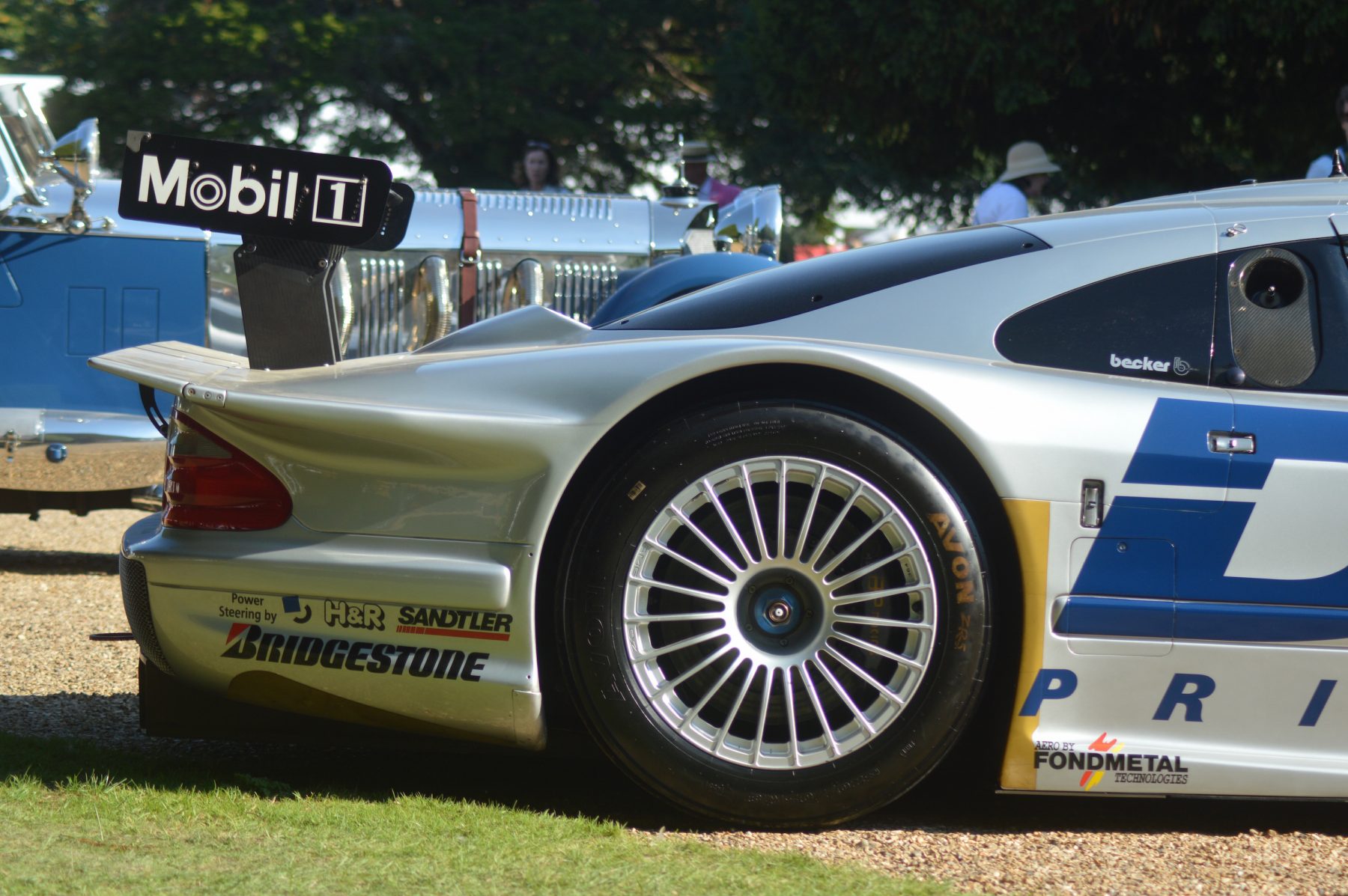 The Global Endurance Legends package is run by classic car specialist Jarrah Venables, catering for owners of Le Mans cars from the ’90s through to the early 2010s.
The Global Endurance Legends package is run by classic car specialist Jarrah Venables, catering for owners of Le Mans cars from the ’90s through to the early 2010s.
The club visits tracks such as Le Mans and Spa and is often at capacity, with the number of cars exceeding 60 on some occasions.
With numerous owners of historic racing cars not wanting to take part in proper races, the non-racing format operated by Global Endurance Legends suits many. As such, the events often see some of the most valuable, significant cars of the era joining the fray rather than sitting dormant in private collections.




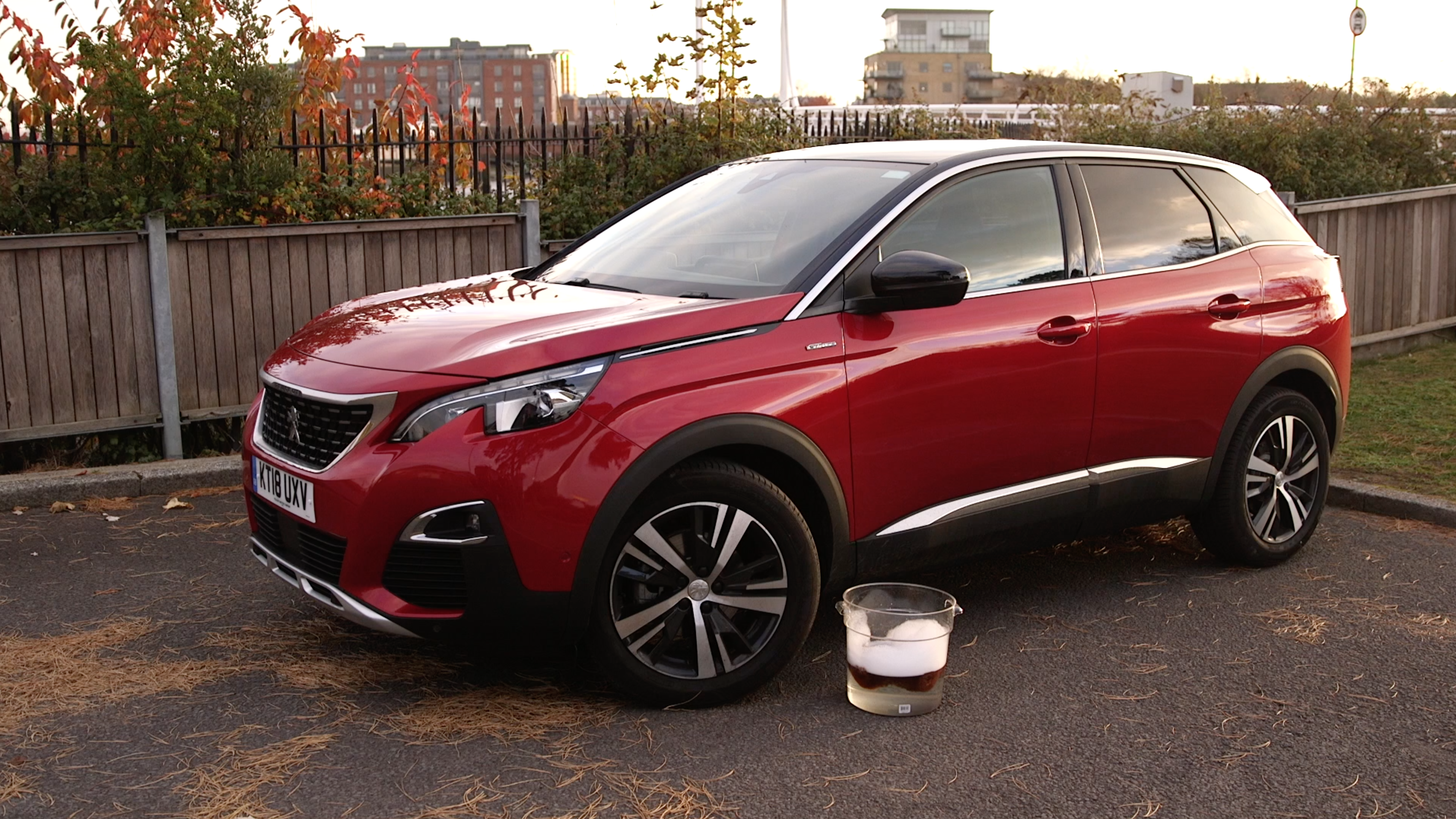
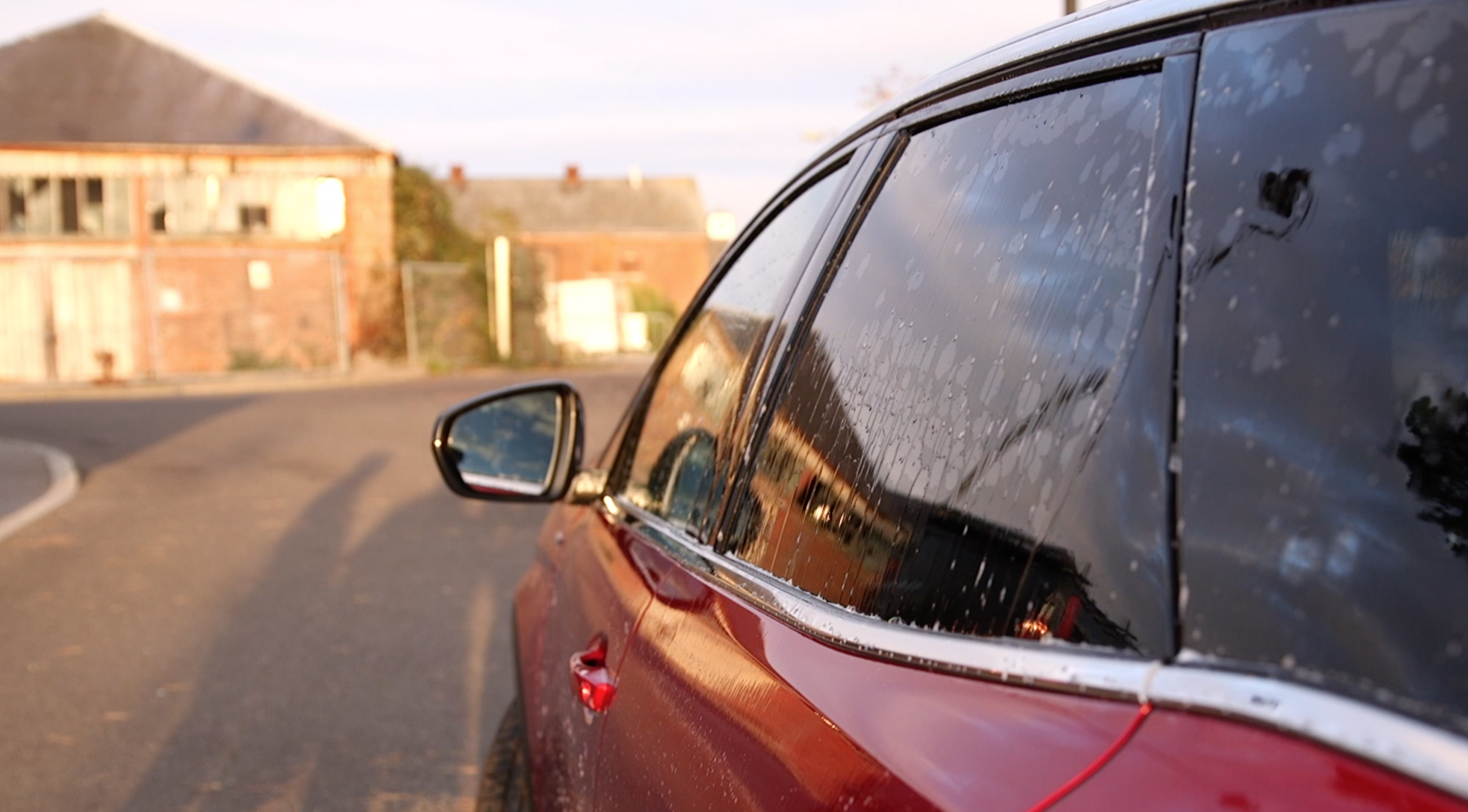 If you’re dealing with exterior glass first, it’s a good idea to wash your car to help rid the surface of any dirt and built up grime. Once all glass is dried, we recommend using two cloths – ideally dedicated towels just for glass cleaning. Cleaning glass in damp or sunny conditions is a big no-no, too, because the liquid can often evaporate before you even have time to start cleaning the glass.
If you’re dealing with exterior glass first, it’s a good idea to wash your car to help rid the surface of any dirt and built up grime. Once all glass is dried, we recommend using two cloths – ideally dedicated towels just for glass cleaning. Cleaning glass in damp or sunny conditions is a big no-no, too, because the liquid can often evaporate before you even have time to start cleaning the glass.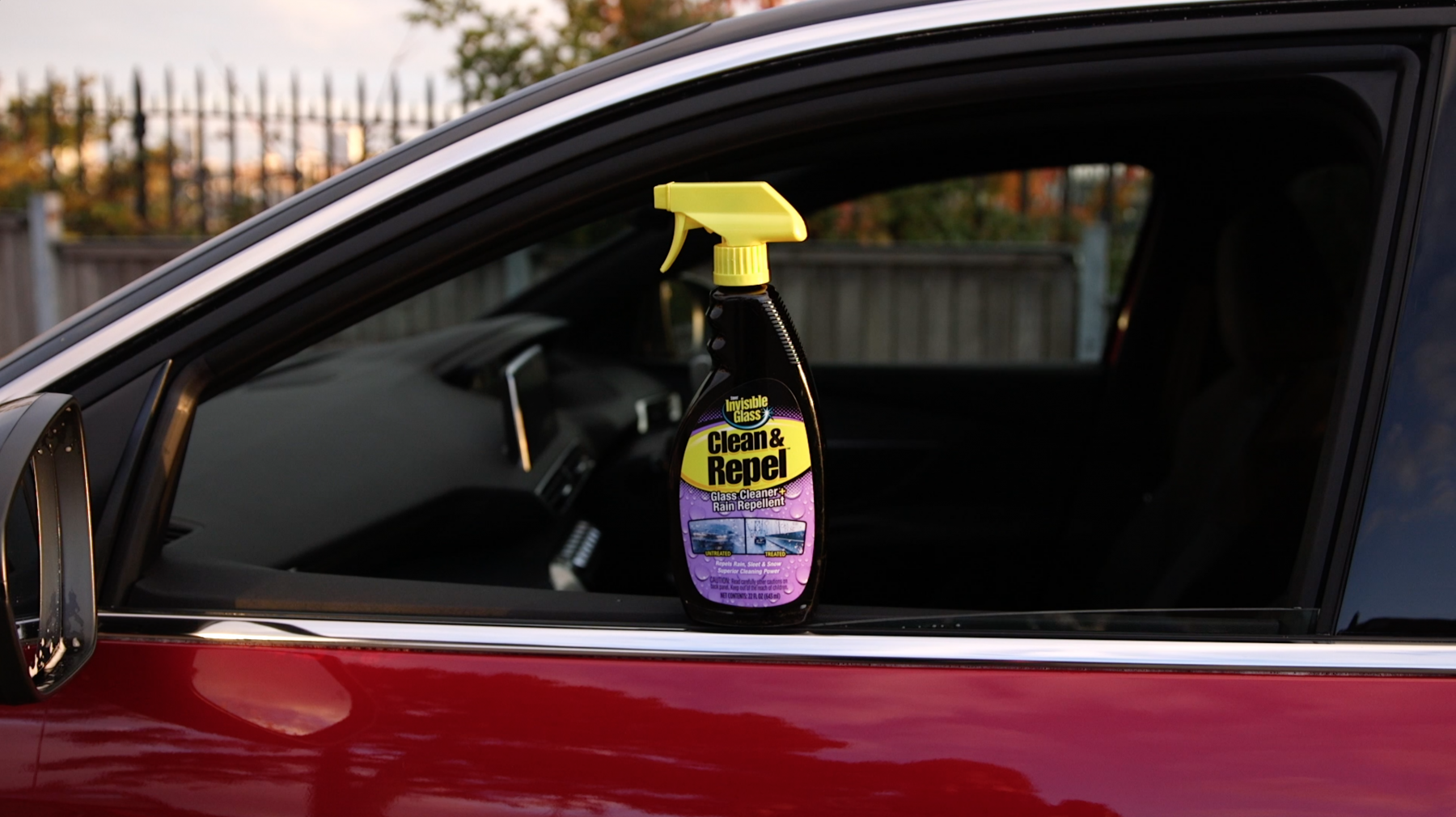 Choose your glass cleaner carefully, and don’t use a household cleaner that’s been lying around in your cupboard for years. Car and household glass are made differently and don’t necessary work with the same products, soit’s best to buy a specialist glass cleaner for vehicles.
Choose your glass cleaner carefully, and don’t use a household cleaner that’s been lying around in your cupboard for years. Car and household glass are made differently and don’t necessary work with the same products, soit’s best to buy a specialist glass cleaner for vehicles.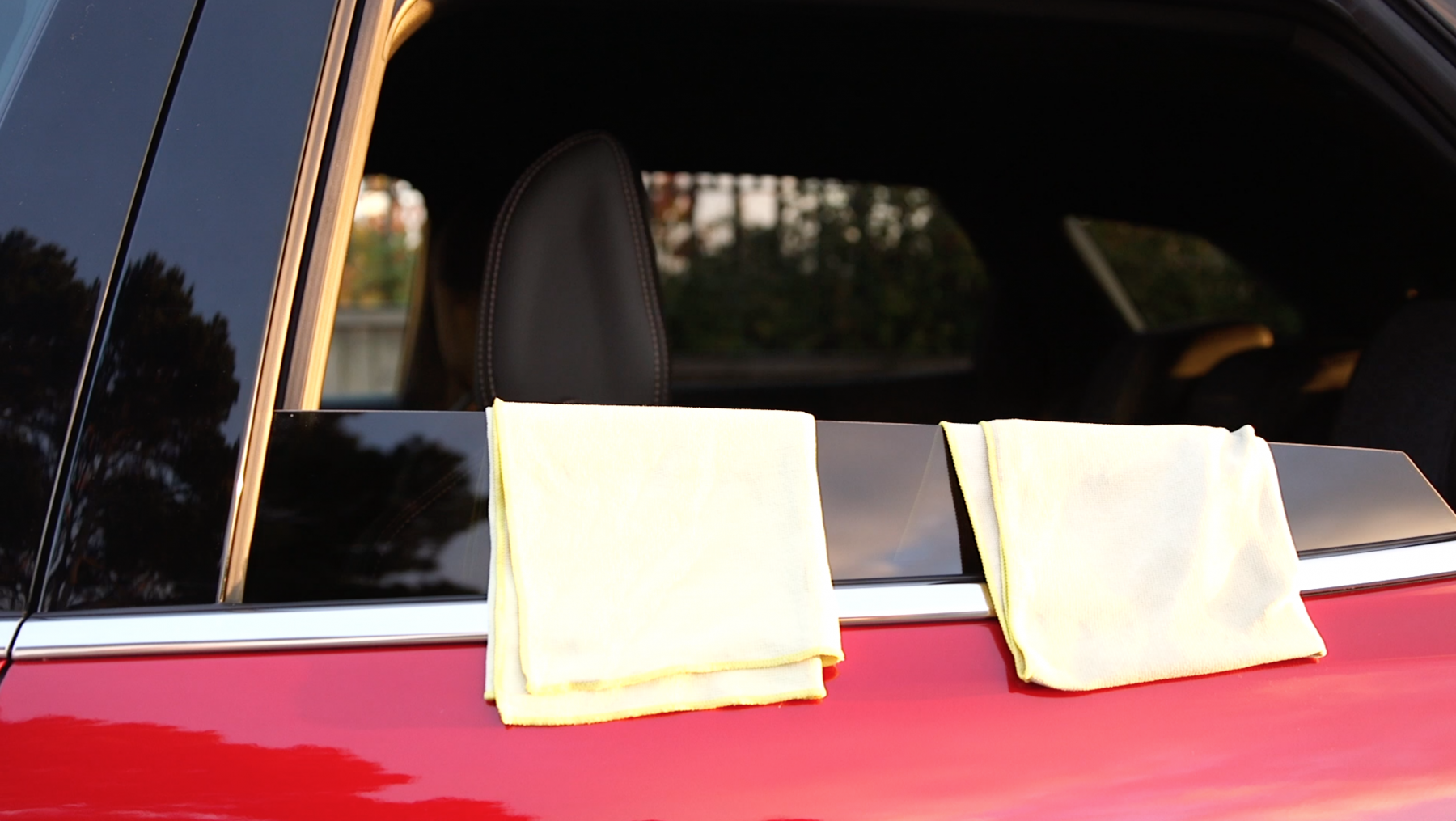 Spray the glass cleaner onto the windows and use one cloth to wipe the product around the glass, always work in straight lines, whether that being up and down, or side to side. Don’t work in circles, as this is when smears are more likely to occur.
Spray the glass cleaner onto the windows and use one cloth to wipe the product around the glass, always work in straight lines, whether that being up and down, or side to side. Don’t work in circles, as this is when smears are more likely to occur.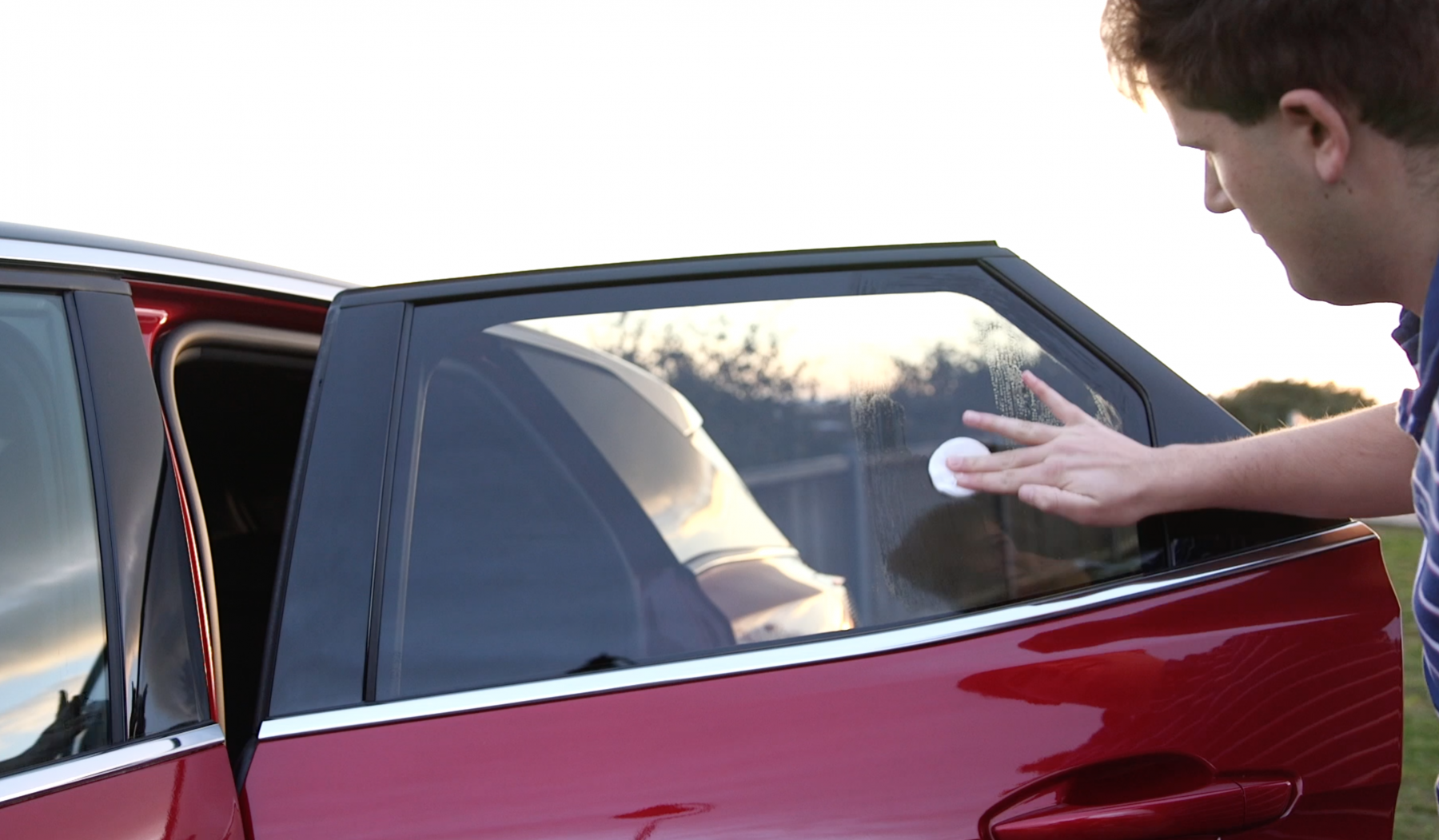 For exterior glass, if you want to try and make it easier to clean next time, glass sealants can be used (think Rain X). These products can also improve visibility when driving in the rain, as their hydrophobic features allows the water to bead off the windows at higher speeds, and reduces the need to use your vehicle’s wipers.
For exterior glass, if you want to try and make it easier to clean next time, glass sealants can be used (think Rain X). These products can also improve visibility when driving in the rain, as their hydrophobic features allows the water to bead off the windows at higher speeds, and reduces the need to use your vehicle’s wipers.
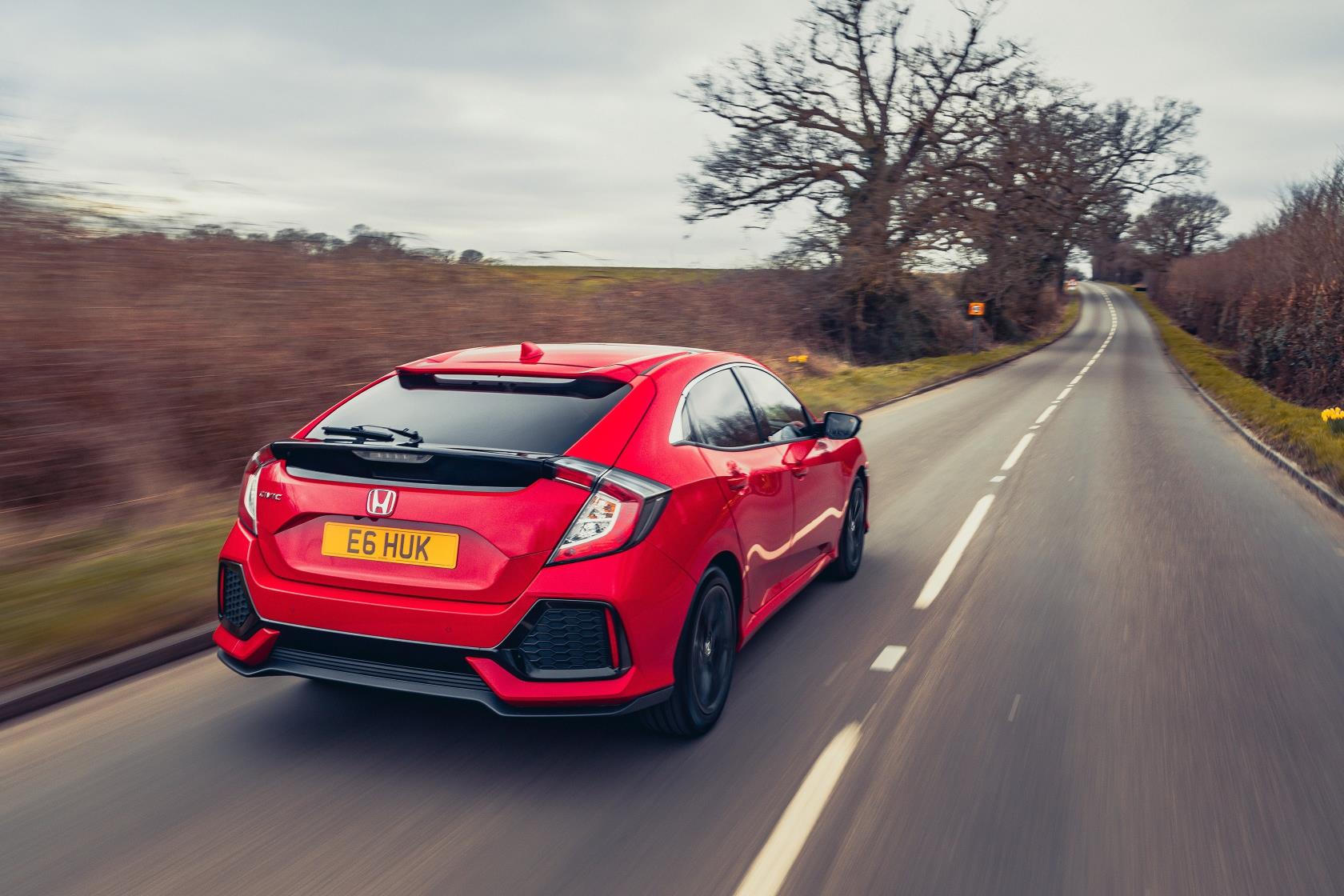
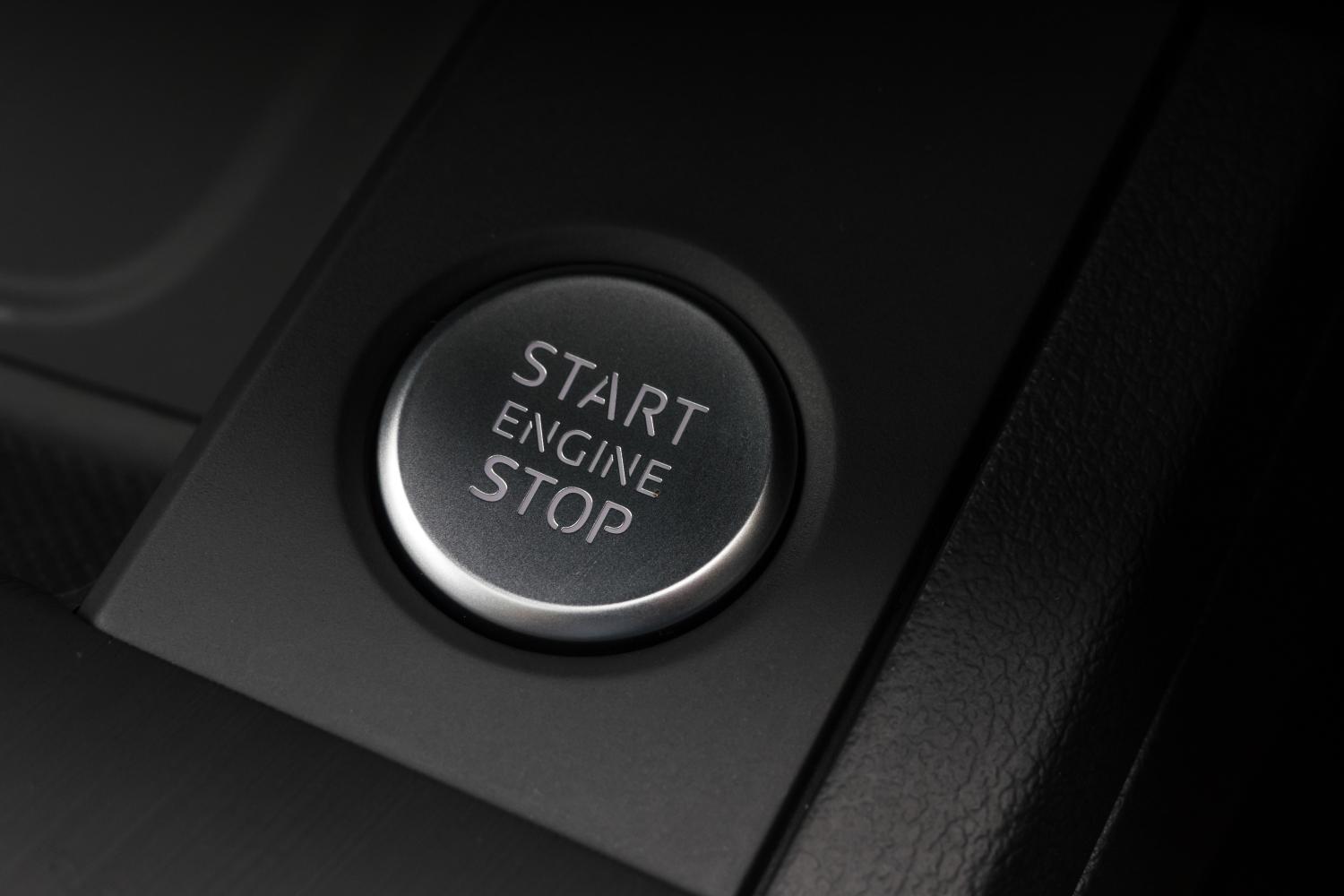
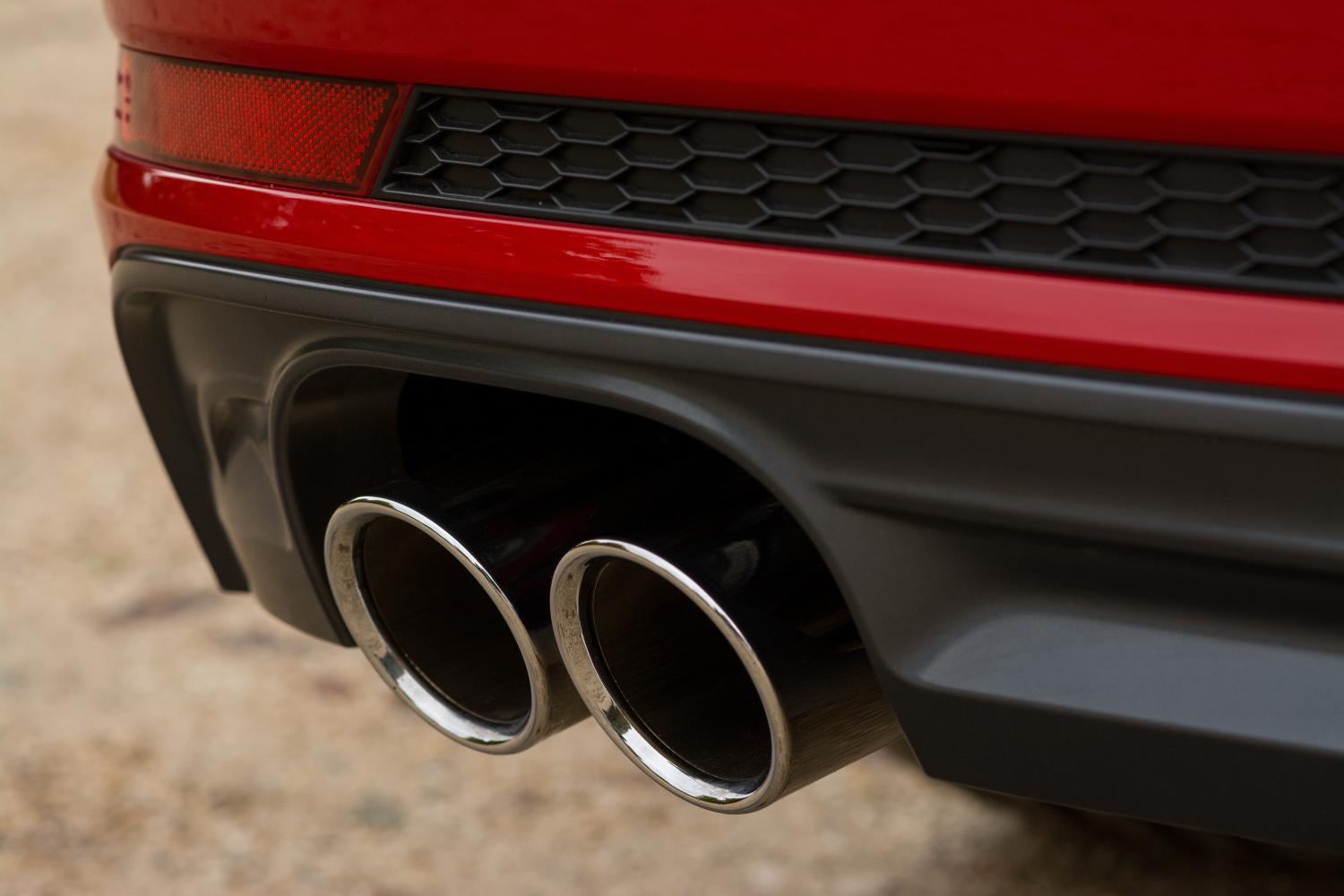
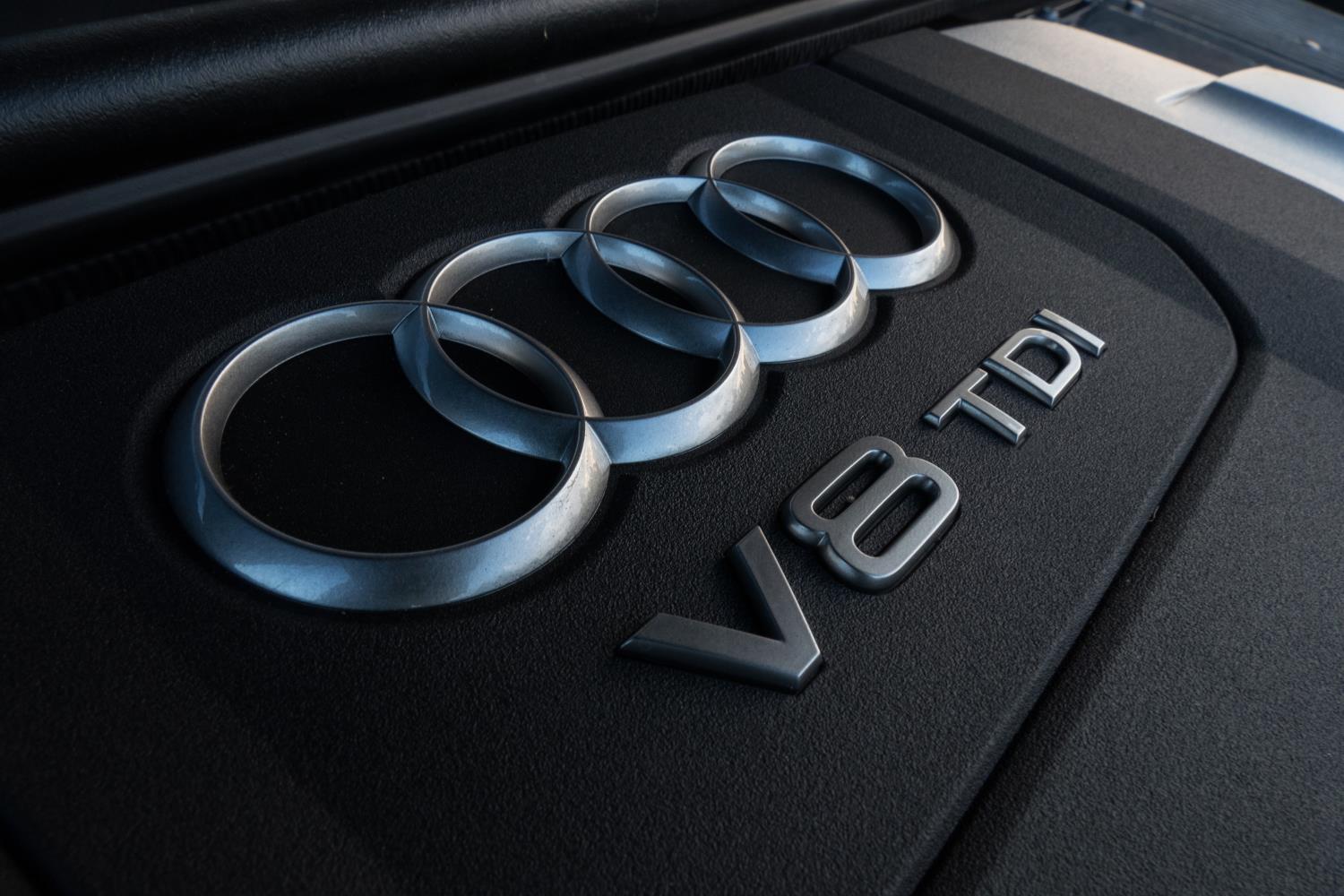

 While events such as the Breakfast Club meets are open to all, there are plenty of perks to being a member of the Goodwood Road Racing Club, aka the GRRC.
While events such as the Breakfast Club meets are open to all, there are plenty of perks to being a member of the Goodwood Road Racing Club, aka the GRRC. Run by Dutch billionaire and championship-winning racing driver Klaas Zwart, the Ascari Race Resort is a bespoke complex of villas set in the heart of rural Malaga.
Run by Dutch billionaire and championship-winning racing driver Klaas Zwart, the Ascari Race Resort is a bespoke complex of villas set in the heart of rural Malaga. Part of the globe-trotting Corse Clienti tour, Ferrari’s XX Programme is the opportunity for the super-rich owners of the FXX, 599 XX and FXXK to take to numerous world-class Formula One-level circuits.
Part of the globe-trotting Corse Clienti tour, Ferrari’s XX Programme is the opportunity for the super-rich owners of the FXX, 599 XX and FXXK to take to numerous world-class Formula One-level circuits. Running alongside the XX Programme, the F1 Clienti scheme allows the world’s elite to buy Ferrari Formula One cars from across the decades.
Running alongside the XX Programme, the F1 Clienti scheme allows the world’s elite to buy Ferrari Formula One cars from across the decades. Deep in the hustle and bustle of New York, you’ll find Classic Car Club Manhattan.
Deep in the hustle and bustle of New York, you’ll find Classic Car Club Manhattan. Serving as McLaren’s answer to the Ferrari Corse Clienti package, Pure McLaren is an opportunity for owners to drive their cars in anger on leading race circuits.
Serving as McLaren’s answer to the Ferrari Corse Clienti package, Pure McLaren is an opportunity for owners to drive their cars in anger on leading race circuits. Before there was Pure McLaren, there was the McLaren F1 Owners’ Club, operated and founded by racer Ray Bellm, who achieved much of his success behind the wheel of an F1 GTR.
Before there was Pure McLaren, there was the McLaren F1 Owners’ Club, operated and founded by racer Ray Bellm, who achieved much of his success behind the wheel of an F1 GTR. The Global Endurance Legends package is run by classic car specialist Jarrah Venables, catering for owners of Le Mans cars from the ’90s through to the early 2010s.
The Global Endurance Legends package is run by classic car specialist Jarrah Venables, catering for owners of Le Mans cars from the ’90s through to the early 2010s.

